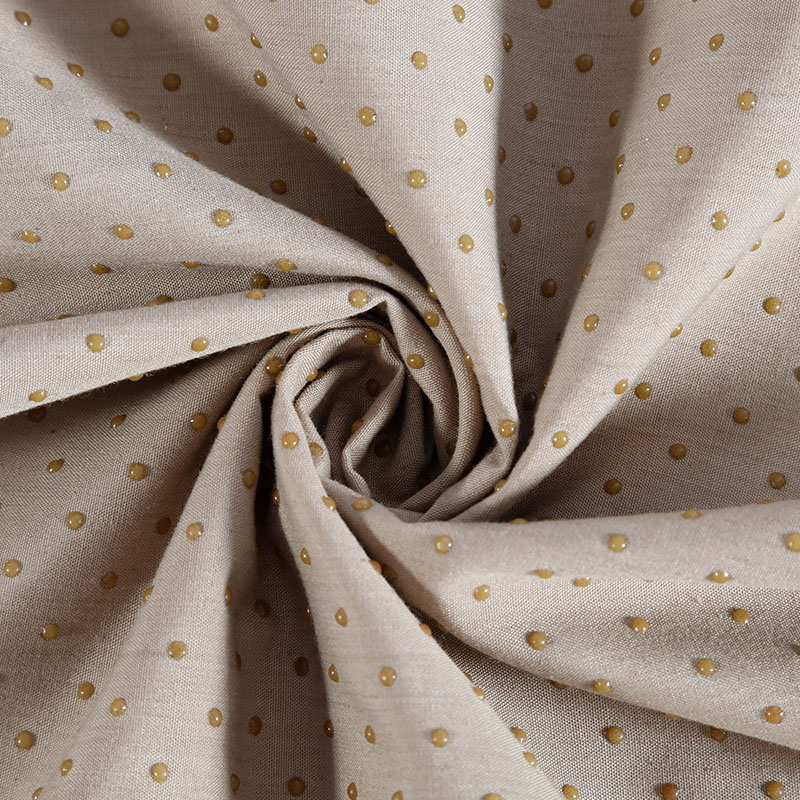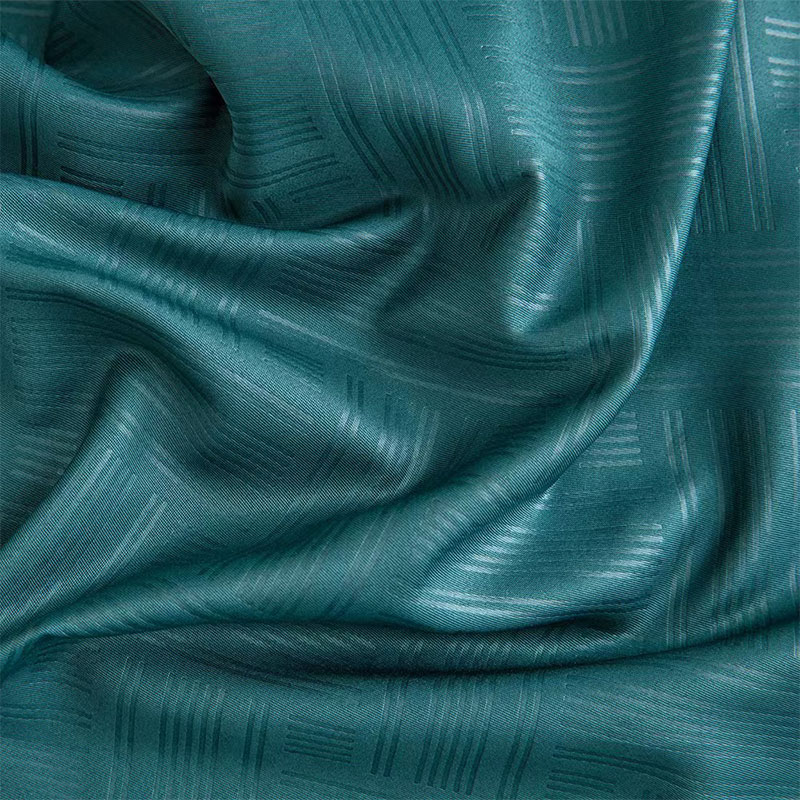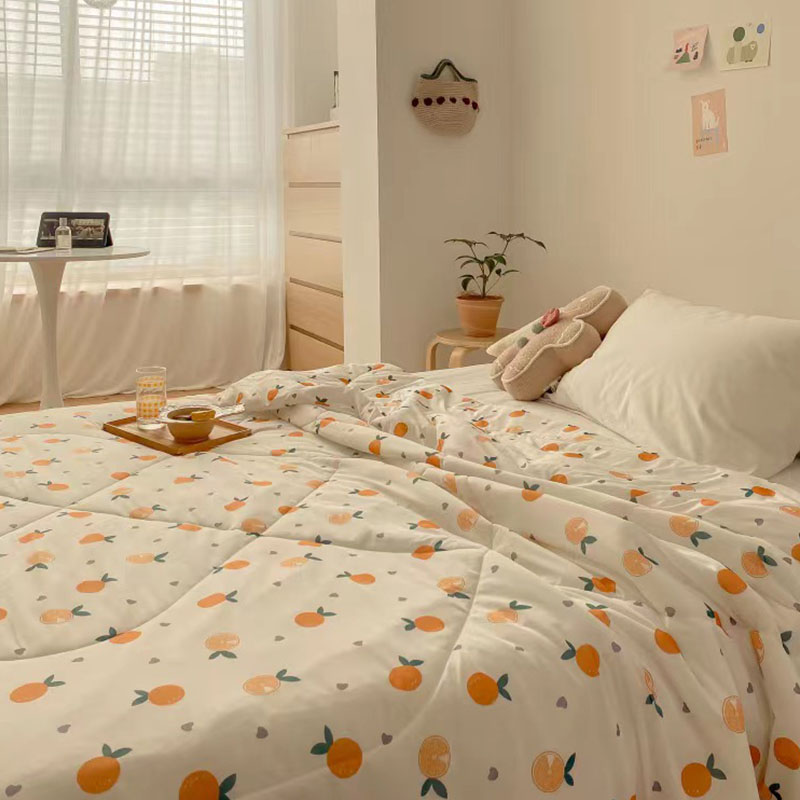The availability of polyester digital printing has profoundly influenced traditional textile crafts and artisanal practices, ushering in both opportunities and challenges in the realm of Polyester Digital Printing Fabric design and production. Historically, traditional textile crafts such as hand block printing, screen printing, and weaving have been revered for their intricate patterns, cultural significance, and artisanal techniques passed down through generations. These methods, while cherished for their craftsmanship, often face limitations in scalability, cost-effectiveness, and design complexity.
In contrast, polyester digital printing represents a technological leap forward. It enables artisans to produce highly detailed and complex designs with precision and efficiency that surpasses traditional methods. Digital printing on polyester fabric allows for vibrant colors, photorealistic imagery, and intricate patterns that can be replicated consistently across large quantities. This capability not only meets the demands of contemporary fashion and home decor markets but also enhances the creative palette available to artisans. They can now explore new design horizons, blending traditional motifs with modern aesthetics or experimenting with avant-garde styles that appeal to diverse consumer tastes worldwide.
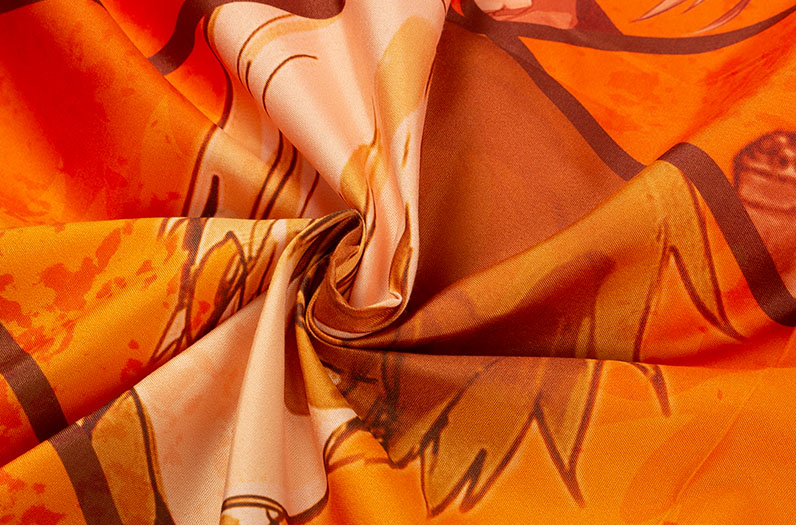
Moreover, the introduction of digital printing has democratized access to design capabilities that were once exclusive to large-scale manufacturers. Artisans and smaller textile workshops can now compete on a global scale, offering unique, digitally printed fabrics that celebrate cultural heritage while embracing contemporary trends. This accessibility has revitalized interest in traditional crafts by integrating them into the digital age, preserving their essence while adapting to the demands of a dynamic market landscape.
However, the integration of polyester digital printing into artisanal practices is not without its challenges. Traditional crafts often prioritize sustainability and artisanal authenticity, values that may conflict with the environmental impact and mass production potential of digital printing technologies. Concerns over chemical usage, waste management, and the loss of handmade charm are valid considerations that artisans must navigate. Yet, these challenges also present opportunities for innovation and adaptation. Artisans can blend digital printing with handcrafted techniques, creating hybrid approaches that retain the tactile qualities and cultural richness of traditional textiles while harnessing the precision and scalability of digital technologies.
While polyester digital printing has undoubtedly reshaped traditional textile crafts and artisanal practices, its impact is nuanced and multifaceted. It offers unprecedented design possibilities, market access, and scalability that complement, rather than replace, the intrinsic values of traditional craftsmanship. By embracing digital printing technologies thoughtfully and sustainably, artisans can forge new paths that celebrate heritage, foster creativity, and meet the evolving demands of a global audience passionate about both tradition and innovation in textile arts.

 English
English Español
Español


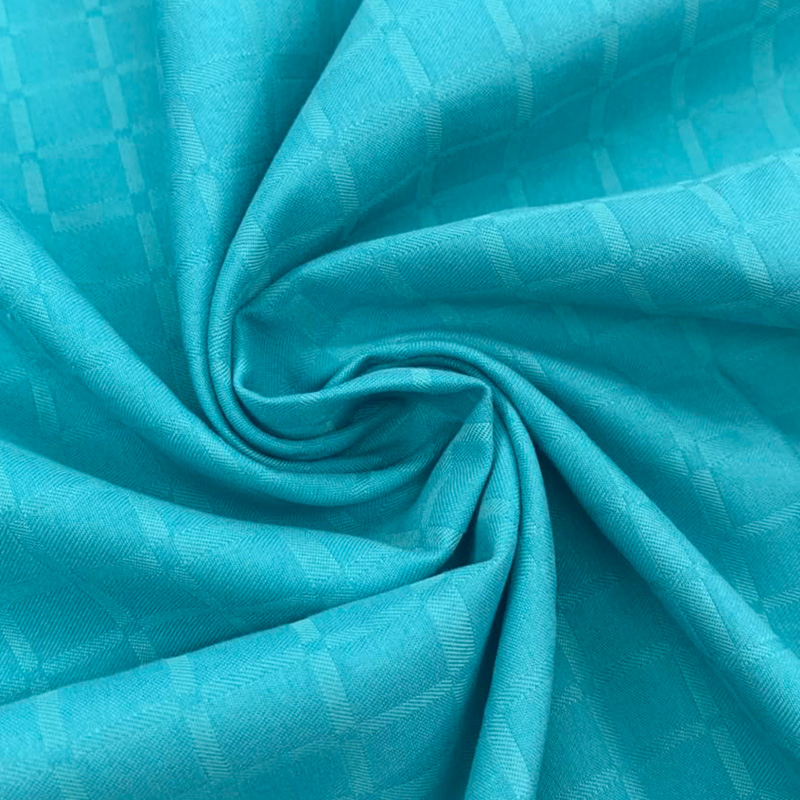












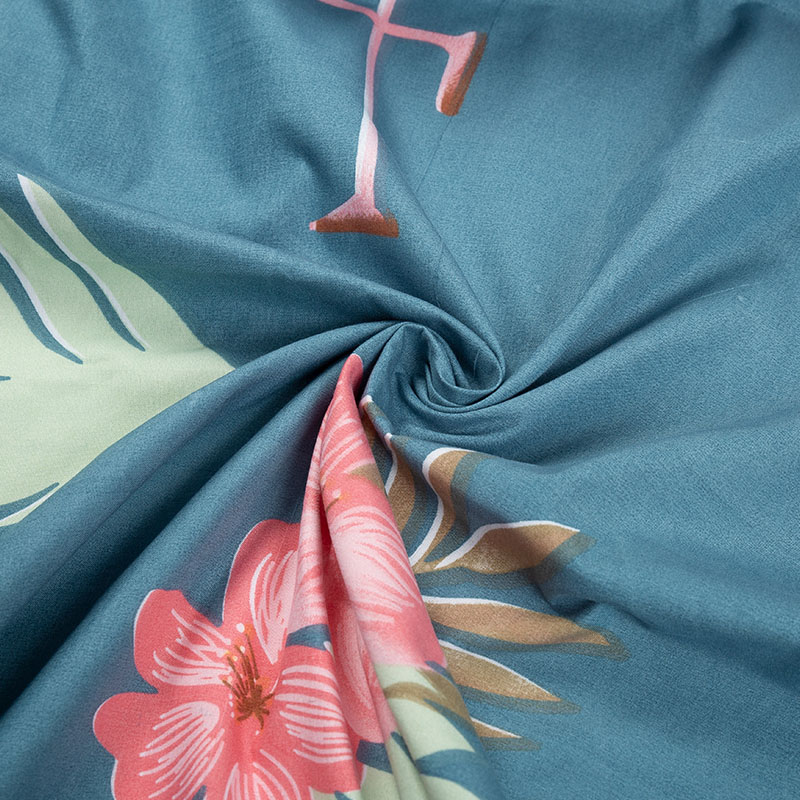
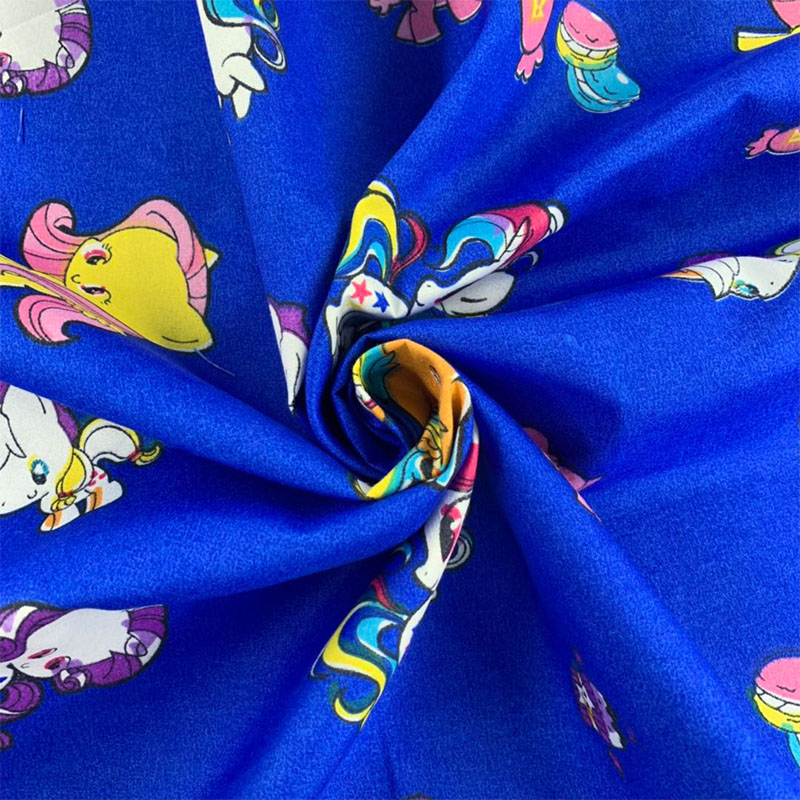
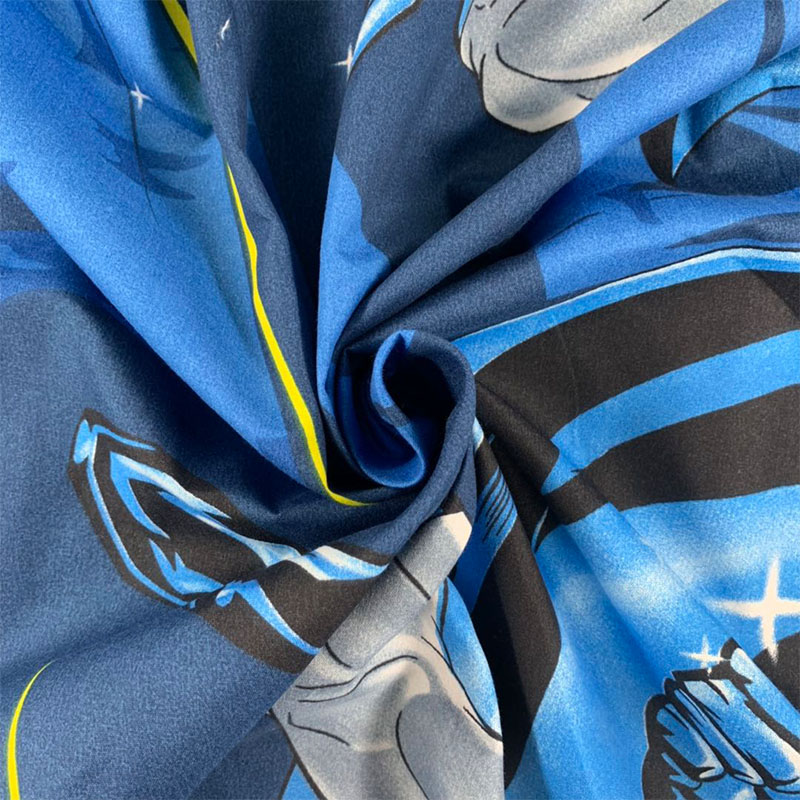
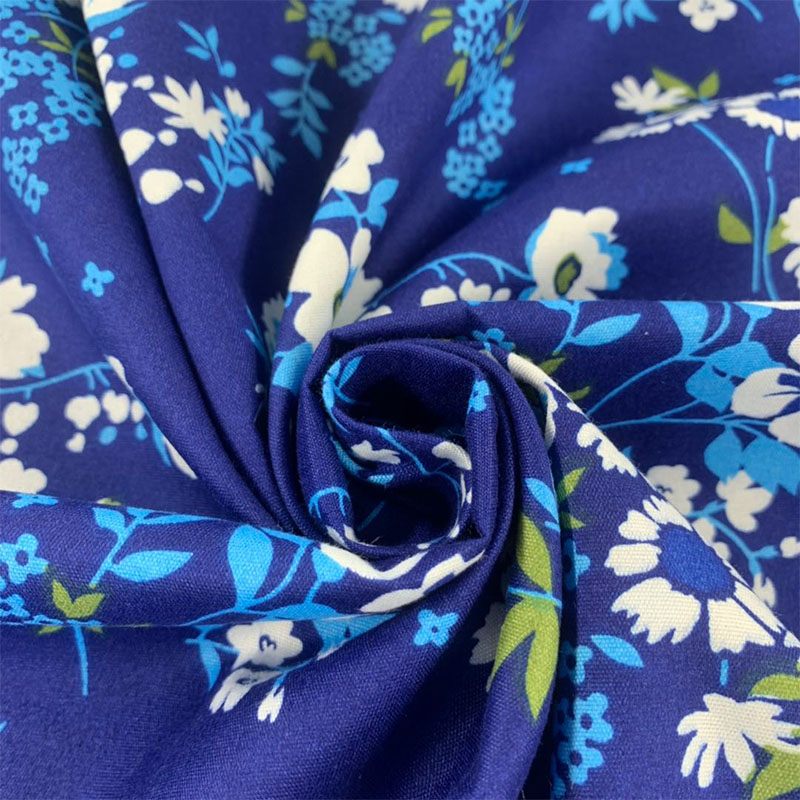

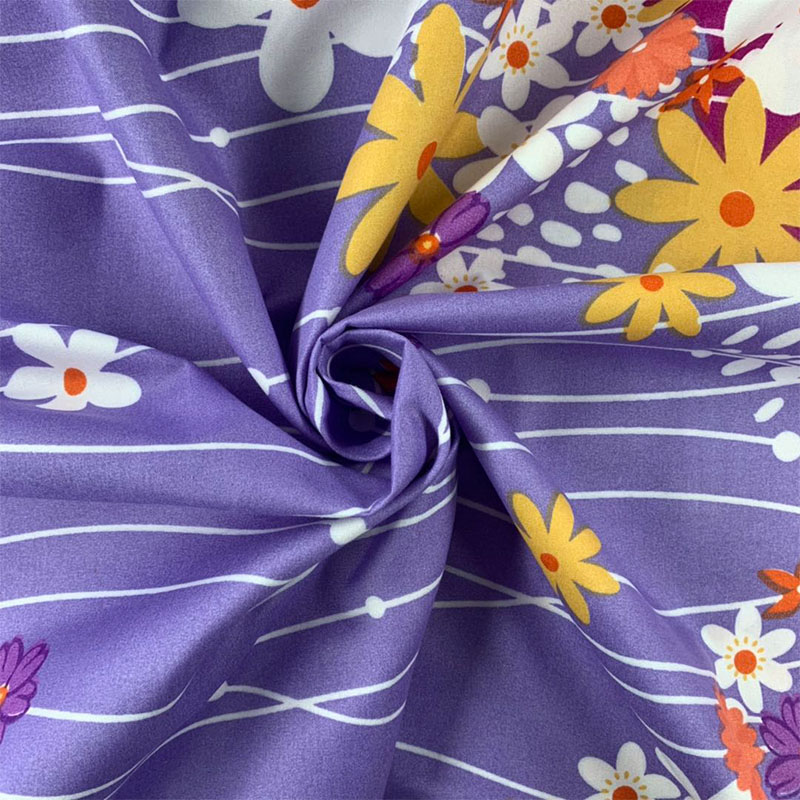


.jpg)





